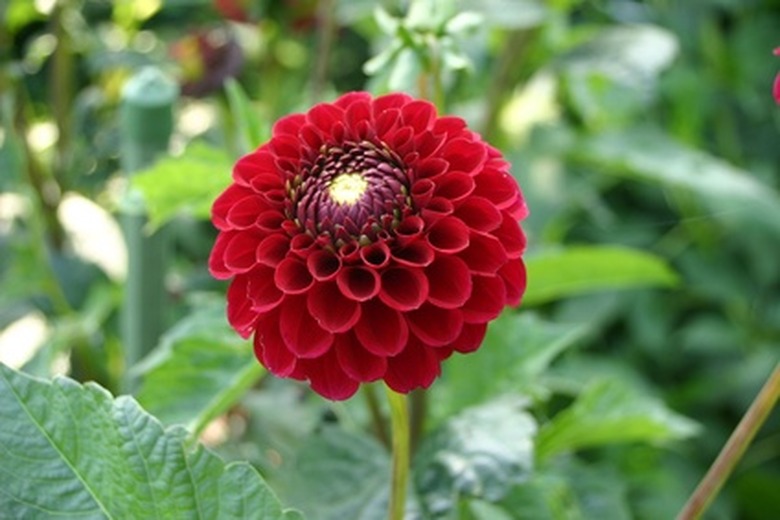About Pompon Flowers
Pompon flowers are annual flowering plants that are more commonly known as chrysanthemums. The flowers are called pompons because their fullness makes them resemble the pompons that cheerleaders use.
Origins
Pompon flowers originated in China many centuries ago. The flowers are often seen in ancient Chinese art. Chinese philosopher Confucius wrote about chrysanthemum (pompon) flowers in 500 B.C.
Hybrids
Botanists have hybridized pompon flowers many times. As a result of hybridization, pompon flowers are available in nearly every imaginable color. There is even a lime green mini pompon flower called the "Yoko Ono."
- Pompon flowers are annual flowering plants that are more commonly known as chrysanthemums.
- The flowers are called pompons because their fullness makes them resemble the pompons that cheerleaders use.
Planting
Pompon flowers require full sun to filtered sun. They require at least eight hours of sunlight per day. Pompons do not have specific soil requirements; they adapt to any grade of soil they are planted in. They prefer to be watered regularly with the soil remaining moist, but not wet, at all times. Pompon flowers generally bloom three months after the seeds germinate.
Pruning
Pompon flower plants require regular deadheading in order to promote new blooms. Deadheading is the practice of removing dead or dying blossoms from the plant. The removal of old flowers stimulates the plant to continue producing new flowers. Without deadheading, flower production is stunted.
- Pompon flowers require full sun to filtered sun.
- Pompon flower plants require regular deadheading in order to promote new blooms.
Pests
Pompon flowers are susceptible to attack and infestation by aphids. Aphids attack pompon plants on the underside of the leaves. The insects leave a thick, clear, sticky substance on the underside of leaves. This substance, called honey dew, cuts off ventilation to the plant. Left untreated, the honey dew deposits develop into sooty, black mold.
